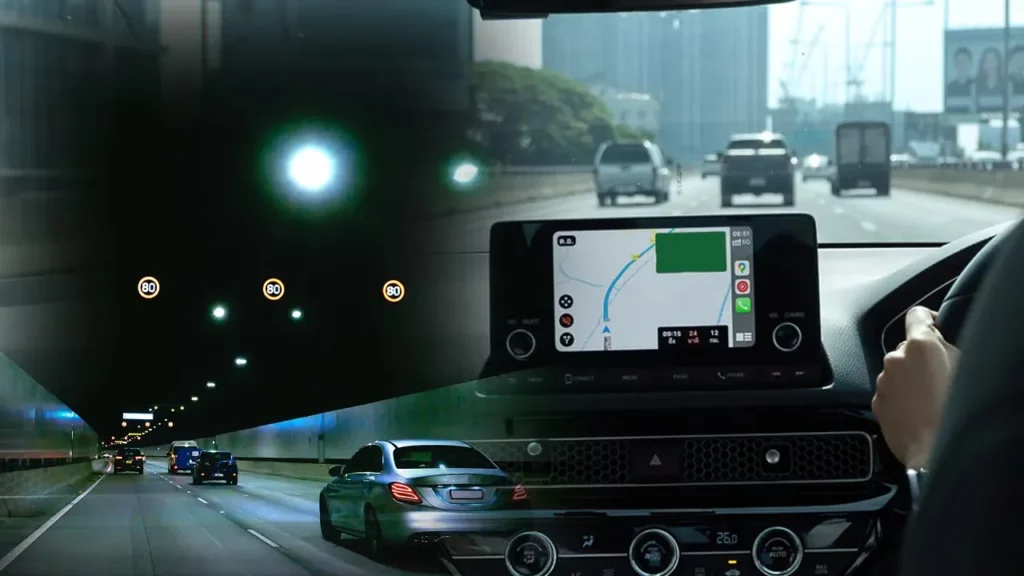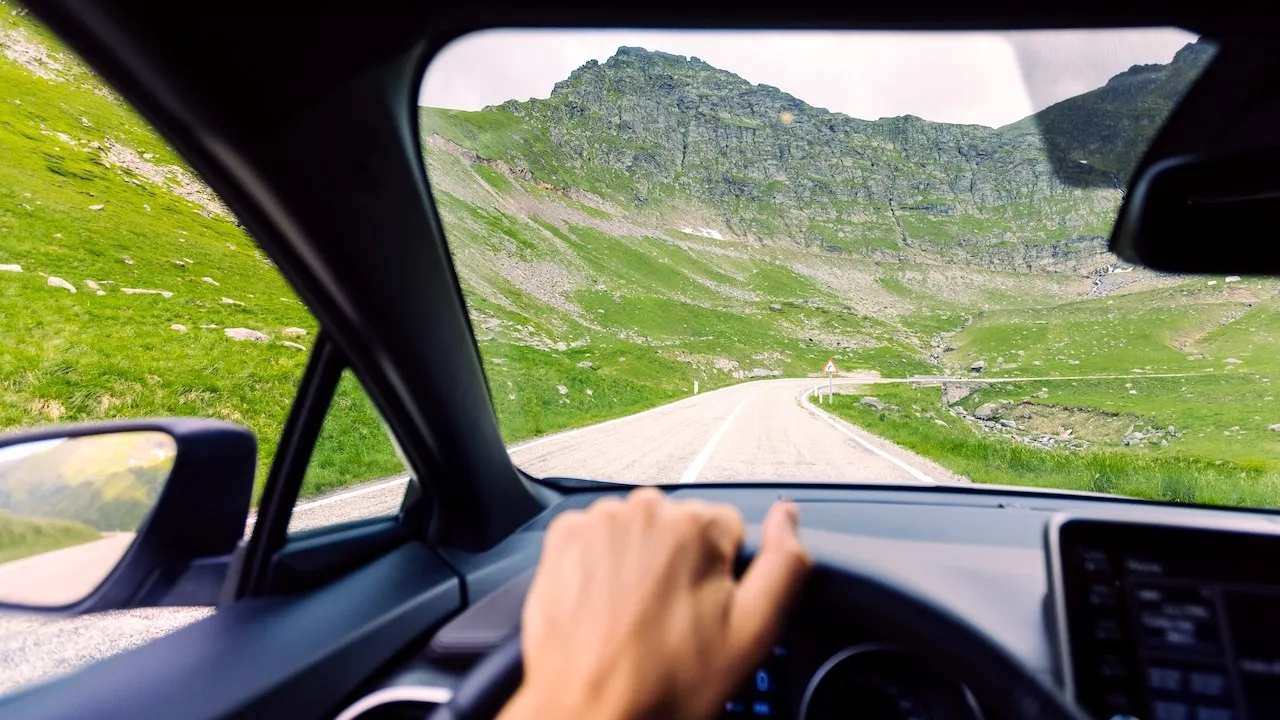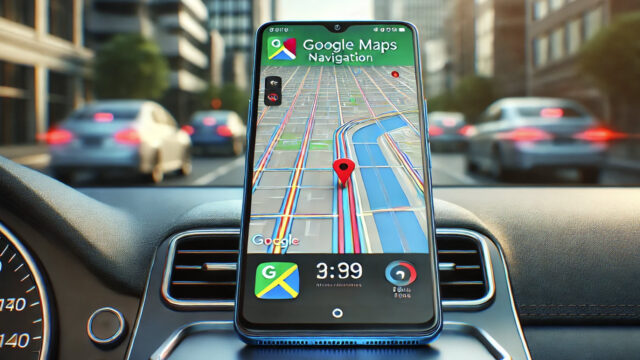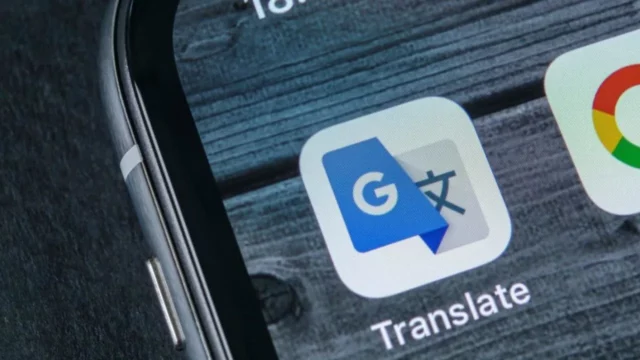Google Maps driving mode has officially hit the end of the road. Once a handy tool for voice-guided control, music access, and hands-free help, the feature has now been discontinued without much fanfare or a clear replacement.
Google Maps driving mode quietly faded out in 2025

If you’ve noticed something missing in your Google Maps app recently, you’re not alone. Sometime earlier this year, users began reporting that driving mode had disappeared altogether. At first, it was just the dashboard. Then, even the compact toolbar with music controls and voice commands vanished. There’s been no direct statement from Google, but the disappearance wasn’t a bug — it was the beginning of the end.
Why Google Maps driving mode was more useful than it looked
Driving mode wasn’t perfect, but it served a specific need. For drivers without Android Auto or a built-in infotainment system, it was a simple solution: navigation, music, voice controls, and call alerts, all in one interface. Not everyone wanted to switch to Waze or Yandex Navi, and for years, Maps offered just enough to keep people happy. Losing it now feels like ripping out a basic feature many had quietly come to rely on.
Blame Gemini — and Google’s bigger AI pivot
So, why now? All signs point to Google shifting away from Assistant and toward Gemini, its next-gen AI system. Driving mode depended heavily on Assistant. With that being phased out, the feature no longer fit into Google’s new AI stack. Gemini will soon plug directly into Maps, and Google seems to think the future of driving help lies there — not in a stripped-down, legacy UI.
What you’re left with after the shutdown
There are still ways to navigate and stay connected on the road, but it takes a little extra setup. Here’s what drivers are turning to:
- Waze or Yandex Navi, which offers built-in driving features and crowdsourced alerts
- Android Auto, for users with compatible vehicles or dashboard units
- Gemini AI, once it launches full Maps integration
- Third-party apps for music and calls, used alongside Maps
For now, none of these replicate driving mode exactly — especially for one-handed, minimal-distraction use.
Google Maps is safe, but features are shifting fast
Don’t worry, Google Maps itself isn’t going anywhere. But features like this show how quickly core tools can disappear. Driving mode didn’t crash — it was retired. And in its place, Google is betting on AI-driven experiences that feel smarter, more personal, and maybe even hands-free. Just don’t expect nostalgia to slow down the software updates.














